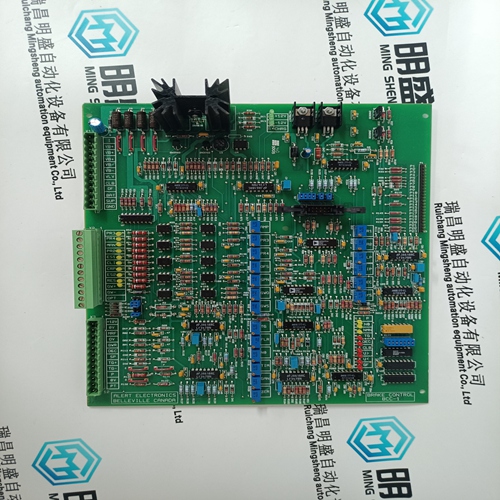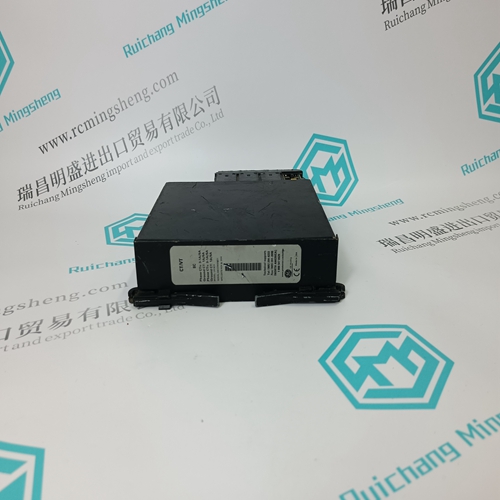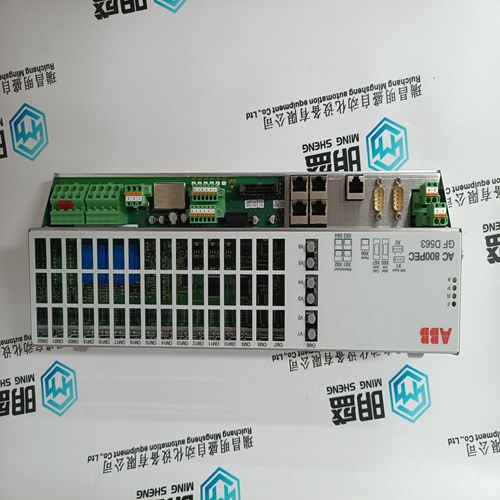Home > Product > DCS control system > 5SHY3545L0016 3BHB020720R0002 module
5SHY3545L0016 3BHB020720R0002 module
- Product ID: 5SHY3545L0016 3BHB020720R0002
- Brand: ABB
- Place of origin: The Swiss
- Goods status: new/used
- Delivery date: stock
- The quality assurance period: 365 days
- Phone/WhatsApp/WeChat:+86 15270269218
- Email:stodcdcs@gmail.com
- Tags:5SHY3545L0016 3BHB020720R0002module
- Get the latest price:Click to consult
The main products
Spare parts spare parts, the DCS control system of PLC system and the robot system spare parts,
Brand advantage: Allen Bradley, BentlyNevada, ABB, Emerson Ovation, Honeywell DCS, Rockwell ICS Triplex, FOXBORO, Schneider PLC, GE Fanuc, Motorola, HIMA, TRICONEX, Prosoft etc. Various kinds of imported industrial parts
Products are widely used in metallurgy, petroleum, glass, aluminum manufacturing, petrochemical industry, coal mine, papermaking, printing, textile printing and dyeing, machinery, electronics, automobile manufacturing, tobacco, plastics machinery, electric power, water conservancy, water treatment/environmental protection, municipal engineering, boiler heating, energy, power transmission and distribution and so on.
5SHY3545L0016 3BHB020720R0002 module
The 505 control can communicate with plant distributed control systems and/or CRT based operator control panels through Modbus communication ports. There is one serial port that supports RS-232 and RS-485 communications using ASCII or RTU MODBUS transmission protocols. There are 2 ports available for either Modbus UDP or TCP/IP protocol which can be utilized from Ethernet port 1 or 2. Modbus utilizes a master/slave protocol. This protocol determines how a communication network’s master and slave devices establish and break contact, how a sender is identified, how messages are exchanged, and how errors are detected. Our experience has been that not all serial interfaces on laptops or Desktop PCs work the same. Many USB-to-Serial converters work, but some do not. To use a 505 Modbus port to monitor and/or operate, check the “Use Modbus” checkbox under the Configurations menu / Communications page.
Monitor Only
The three Modbus communication ports, are defaulted as read-only. As read-only ports, the 505 can be monitored but not controlled from an external device. By simply connecting a monitoring device, configured to communicate through Modbus, and to the 505’s defaulted protocol settings (parity, stop bits, etc.), this device can be used to monitor all the 505’s controlling parameters, modes, etc. without affecting control. Configuration of the protocol is found on the Communications page under both the Configuration and Service menus. There are options for the serial settings, slave address number and a checkbox to enable write commands. Monitor and Control Once a Modbus port is configured within the 505’s Program Mode, the 505 will accept RUN mode commands from an external network master device (DCS, etc.). This allows a Modbus compatible device to monitor and perform all 505 RUN mode parameters and commands except for the Overspeed Test enable, On- Line/OffLine Dynamics select, and Override Failed Speed Signal commands. Each Modbus port is independent of the other, and can be used simultaneously. Each only must have its own slave device address and each has its own enable write checkbox. The last command given from any of the ports has priority or is the mode or function selected.
Modbus Communication
The 505 control supports two Modbus transmission modes. A mode defines the individual units of information within a message and the numbering system used to transmit the data. Only one mode per Modbus network is allowed. The supported modes are ASCII (American Standard Code for Information Interchange), and RTU (Remote Terminal Unit). These modes are defined in the following table.In the RTU mode, data is sent in 8-bit binary characters and transmitted in a continuous stream. In the ASCII mode, each binary character is divided into two 4-bit parts (high order and low order), changed to be represented by a hexadecimal equivalent, then transmitted, with breaks of up to 1 second possible. Because of these differences, data transmission with the ASCII mode is typically slower (see Figure 6-1 below).
The Modbus protocol allows one master and up to 247 slaves on a common network. Each slave is assigned a fixed, unique device address in the range of 1 to 247. With the Modbus protocol, only the network master can initiate a transaction. A transaction consists of a request from the master to a slave unit and the slave’s response. The protocol and Modbus device number are set in the Program Mode and can be adjusted in the Service Mode, if required.








